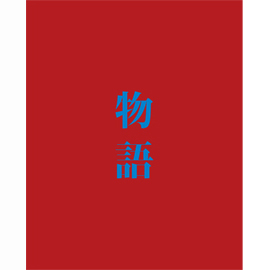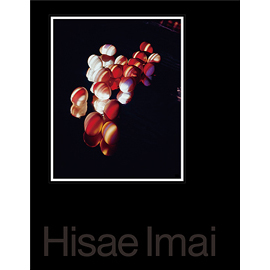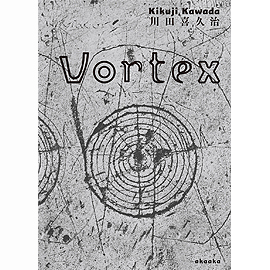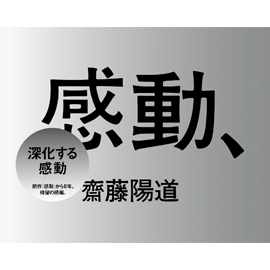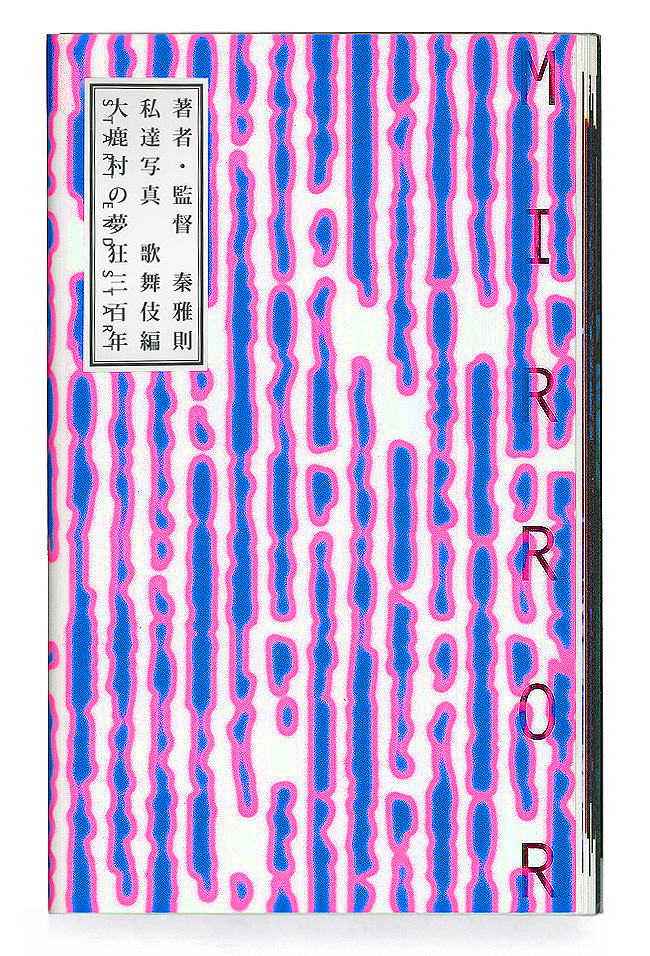
秦雅則『MIRROR』
発行:赤々舎 Size:H297mm x W189mm Page:162 pages Binding:紐綴じ合本 Published in April 2025 ISBN:978-4-86541-199-7 |
¥ 5,000+tax
国内送料無料! お支払い方法は、PayPal、PayPay、Paidy 銀行振込、郵便振替、クレジットカード支払いよりお選び頂けます。 |
|---|
About Book
私達写真 歌舞伎編 大鹿村の夢狂三百年──
MIRROR
Masanori Hata
Oshika Kabuki is a local theatre tradition in the town of Oshika in Nagano Prefecture that has continued for more than three hundred years.
Its origins are unclear, but there is a record of a performance back in 1767. The tradition has been passed down by the people of the village through changing times. This timespan of three hundred years is of course connected to the present, but it is not visible to the human eye.
That inspired me to try, through this work, to communicate with somewhere a little removed from this time and this place. But where exactly is that slightly distant location?
To find some clues, I decided to start by recruiting photographers, models, and other collaborators from among the village inhabitants. In a village that loves Kabuki, many people volunteered, and we quickly had a framework in place. I thought that with eleven people, including me, taking photographs, we would see a good range of different scenes, and I was happy to see the work begin to take shape when the dedicated photographer role (me) was scrapped. Some of the people taking photographs were Kabuki actors and stagehands, while some were family members and spectators. This created a way of looking at the same place and the same time from a variety of perspectives that ought to be natural and sensible. This perspective--which is not special in any way--breaks the powerful relationship between photographer and subject, creating a stage on which it is both you and me who are the ones photographed.
As I continued visiting and staying in Oshika Village to shoot photos, I heard many stories from the villagers. Listening to them, a strange sensation welled up within me, as if I were gazing at a tiny galaxy folded over on itself. A number of stories emerged from this: stories that connect you, me, and someone else; stories of something that has a 300-year horizon; and stories that connect the past, present and future. At some point, I became convinced that these stories would overlap with one another and make an impressive appearance in the work. Then, we began shooting scenes that are not usually seen by spectators, who normally only have access to the Kabuki rehearsals and performances. There was a flurry of incomprehensible orders (stage directions), which may have confused people at first. However, in due course, we became used to being on camera, as if we were messing about in front of family and friends.
I also walked around the village taking photos all year long. There was nature in abundance, flowers blooming and withering, crumbled cliffs, rows of numbered bags of soil, scars of the 1961 disaster, bats in cold sleep dangling in salt caves, rivers and hot springs, a tunnel being dug around the clock for the maglev train, large trucks kicking up dust as they roar by, ectoplasm on old houses, the Median Tectonic Line and the zero magnetic field of the Fossa Magna, a massive tree hiding hundreds of years of memories in its rings, light and sacks filled with new forms of nature worship, a tower for communicating with satellites, and rocks. At night, the voices of poets rang out and music could be heard from the mountain tops. The beginning and end of each day was clearly felt, and the arrival of spring, summer, fall, and winter was experienced with more clearly defined boundaries than in the city. We gained a greater sense of affinity as we faced each new day, knowing that the days would surely arrive, one after another, until a certain moment in time.
Through this process, we collected more than five thousand photographs. Even film that looked like it had captured nothing had such beautiful colors; I felt that we were connected to the world somewhere. Looking back at these photographs, I began to think that this slightly distant place was not a fictional place, but rather a place between the past and the present, or between the present and the future. By thinking about the past and contemplating the future from this time and this place, people come to possess the power of imagination and freedom. I learned that without even realizing it, we are always communicating with places that are a little removed, and we are looking in all sorts of directions. Let's begin to talk again about the knowledge we all had when we were born, like the time when I was someone else, you were me, and someone was you.
Artist Information
秦 雅則
1984年生まれ、写真家。
写真というイメージを用い、社会的価値観に矛盾や亀裂を引き起こす作品を制作している。個人の活動とは別に独立したメディアとしてギャラリーや出版社を運営し、様々な環境の人々とのコラボレーションによる展示や出版物の企画もしている。2008年、キヤノン写真新世紀グランプリ受賞。主な写真集に『鏡と心中』『ZOI&HEO』『今日、心の中は怪獣の戦争』があり、書籍に『二十二世紀写真史』『鷹野隆大×秦雅則、写真か?』などがある。
Masanori Hata
Born in 1984, a photographer based in Japan.
His work explores the contradictions and fissures within prevailing social values through the use of photographic imagery. In addition to his solo practice, he runs an independent gallery and publishing label that serves as a platform for collaborative exhibitions and publications developed in dialogue with people from a wide range of social and environmental backgrounds.
In 2008, he received the Grand Prize at the Canon New Cosmos of Photography. Major photobooks include "Suicide with a Mirror", "ZOI&HEO", and "Today, the war of kaiju in my Heart". He has also contributed to publications such as "A History of 22nd Century Photography" and "Dialogues Takano Ryudai × Hata Masanori: Is This Photography?".
Related Items
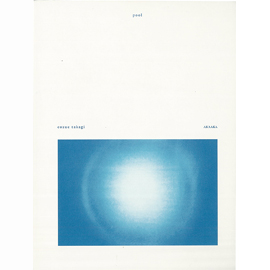
|
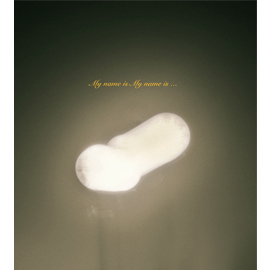
|
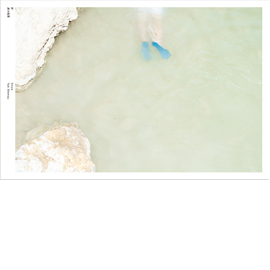
|
|
|
|---|
|
|
|

|
|
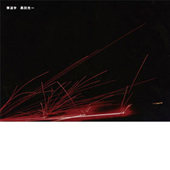
|
|---|


